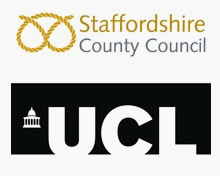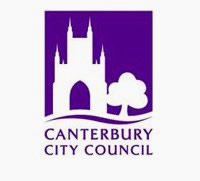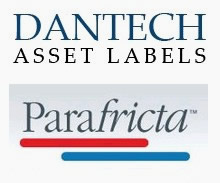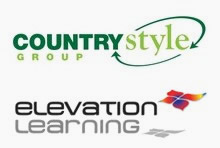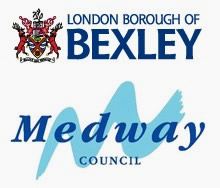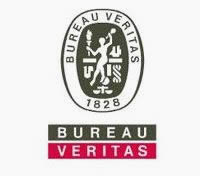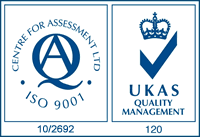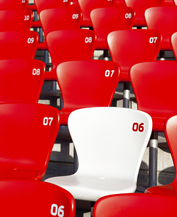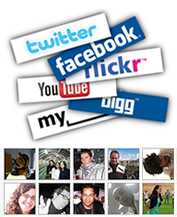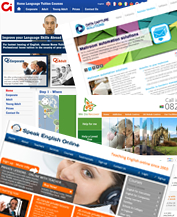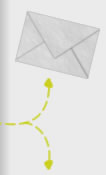Interpretation Boards
25/10/2011
Why Use Interpretation Boards?
Most visitors to parks, gardens and similar leisure facilities come to enjoy the plants, flowers and peaceful surroundings, but very few had any idea that many of the plants they idly enjoy also have interesting histories and practical uses? Most visitors need a bit of help to understand this and outdoor interpretation boards are an excellent method of sharing this with visitors in a fun and informative way.
Outdoor panels are just one of several possible techniques for interpreting surroundings, with others included guided tours, leaflets or similar publications. Interpretation boards, however, have some quite distinct advantages.
Firstly, any message you convey is always strengthened by being placed in close proximity to the subject matter, be it a plant, animal habitat or historic monument. The boards are always available to visitors regardless of weather, staffing or time of day, and can also carry other incidental information about the facility such as footpath directions and toilets. While interpretation boards can potentially be intrusive as well as attracting vandalism, these possible shortfalls are easily circumvented with careful design and product selection; some manufacturers even make vandalism-proof interpretation displays.
Making Successful Interpretation Boards
In order to avoid producing boards which are ignored because they are too long, overly detailed or just plain boring, the first thing to bear in mind is to make sure you know exactly what it is that you are trying to get across, and keep your core message simple. If in doubt consult an expert interpretation display designer.
Keep text brief and to the point, avoiding jargon terms or long, run-on sentences. Most people ready very little when they’re standing up! Ideally you want no more than 120 words or so, and be sure to use headings, subheadings, paragraphs and captions to break up the text.
As well as keeping text short and snappy, put in plenty of exciting and colourful illustrations, especially to show the highlights of what visitors might not be able to see in person (animals can hide or hibernate and flowers don’t bloom all year round, for example).
Information is particularly interesting when it is related to the everyday life of your visitors rather than academic abstracts, so keep things relevant to the people who will read them and don’t be tempted to just cram every possible scrap of knowledge onto the board.
Location and Materials
Panels are less likely to intrude if they can be mounted onto an existing wall or similar fixture, but it is also possible to get a variety of designs for lecterns and frames. Orientation can also be important (consider things like the angle of the sun and which places in your facility tend to be too windy or are exposed to rain). Also consider the height placement of your board – can children see it comfortably? What about handicapped visitors who may be sitting in a wheelchair or otherwise at a nonstandard viewing angle?
Don’t forget that the ground around a board will attract heavier use so should be firm and dry. It may be worth considering the placement of the panel slightly off the main path so that it does not block any routes.
In terms of materials there are a wide range available with different qualities, prices and properties. It is usually best to approach a signage specialist to specify your requirements, and they will be able to give you a clear picture of the best choices available. Some of the things you might want to consider are:
- The lifespan of the board – will it be replaced annually, or does it need to survive for longer than that?
- Do you want a few spare boards to use, or just some with basic images already present which can be overprinted with additional details?
- How many colours will you want to use, and will these be from a limited pallet or will you be needing photographs on your boards?
- Who will design the content of the boards? Some manufacturers also provide design services so be sure to shop around and get a few different quotes so you have the freedom to choose the best possible solution for your budget.
For expert advice and assistance with your interpretative design and signage project, visit www.fwdp.co.uk and speak to Fitzpatrick Woolmer, who specialise in creative interpretation display design and manufacture.





